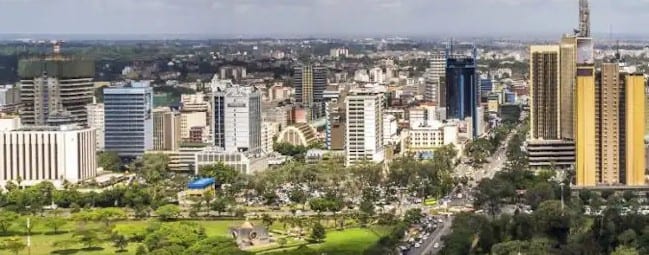Last updated on September 11th, 2021 at 03:02 pm
An investment in 2007 in an acre of land in Juja, a small town 30 km north of Nairobi, would have earned a savvy speculator a return of 1 428% in 2019. That’s according to The Economist, which also cites an estate agency’s report that Nairobi’s land prices have risen sixfold in 24 of the city’s 32 suburbs and satellite towns in just over a decade.
Majority of Africans live in cities but that figure is climbing fast. By 2030, the continent will have six megacities. Accra, Cairo, Kinshasa, Lagos, Nairobi(pictured) and Johannesburg are currently big conurbations, but they are expected to grow even further. By 2050 there will be an additional 900-million Africans living in cities, according to the African Urban Dynamics report of the Mo Ibrahim Foundation.
One of the frontier of urbanisation is migration. The top five destinations for African citizens moving within Africa are South Africa, Ivory Coast, Uganda, Nigeria and Ethiopia. The United Nations Conference on Trade and Development (UNCTAD) reports that migrants quite often make significant contributions to the host country’s gross domestic product (GDP). Migrants in Ivory Coast, for example, contribute 19% to that country’s GDP.

